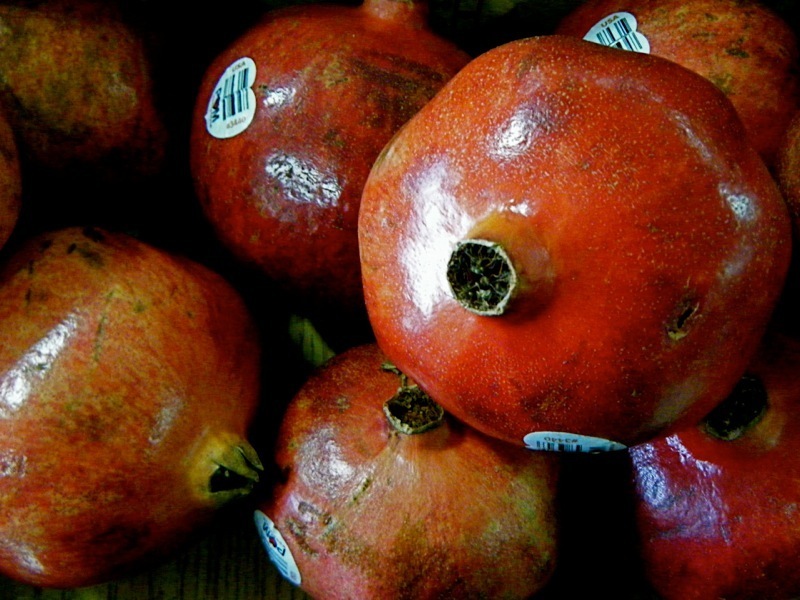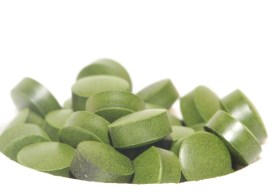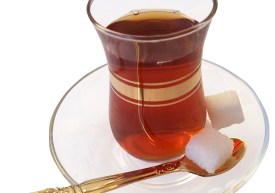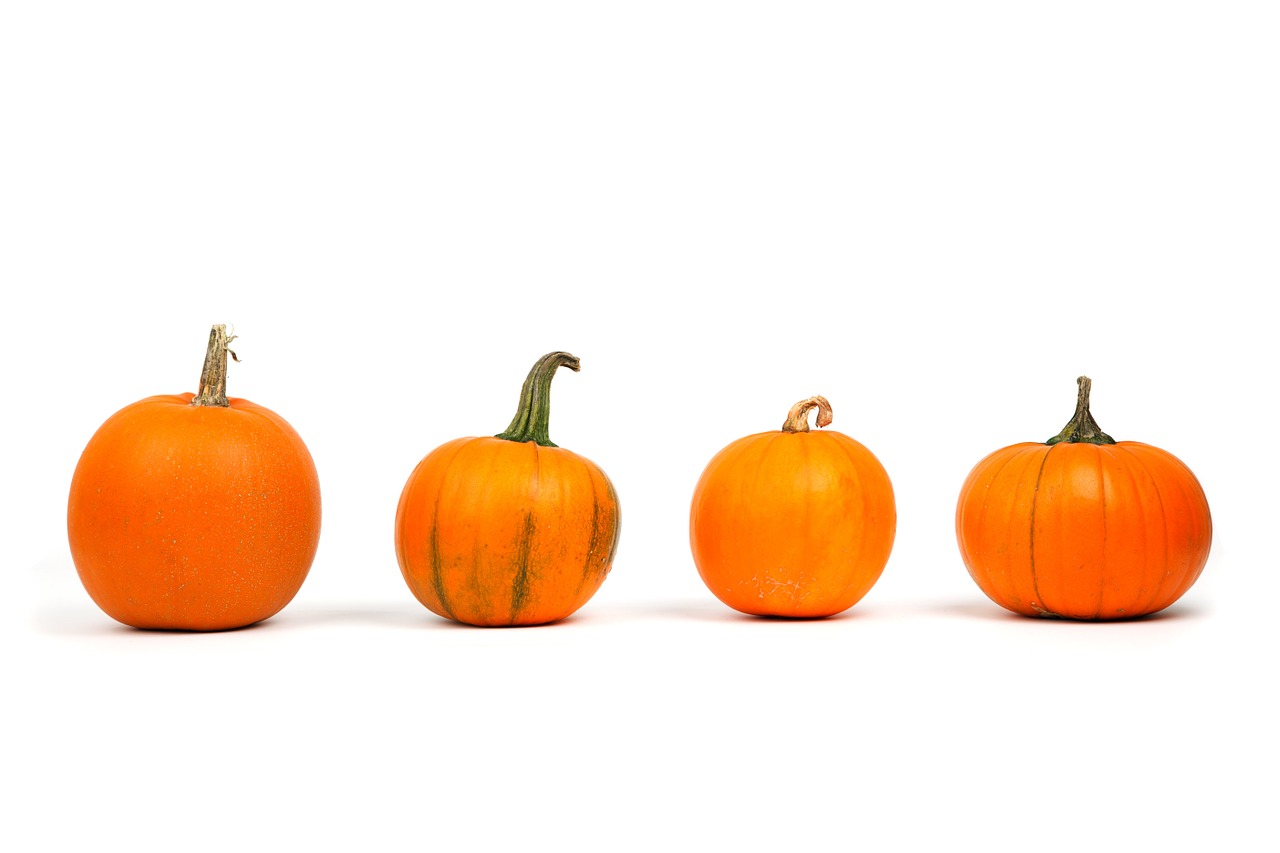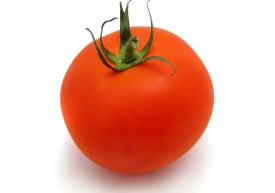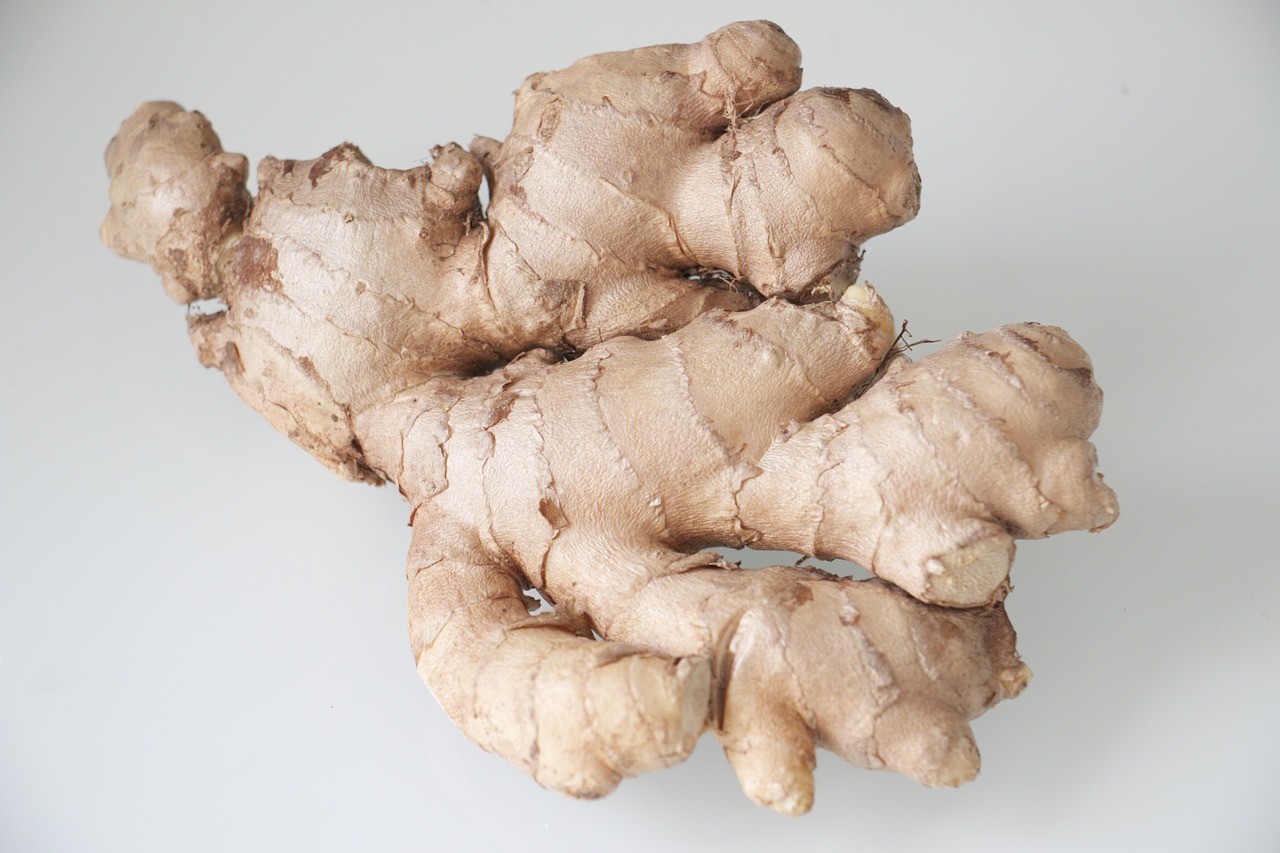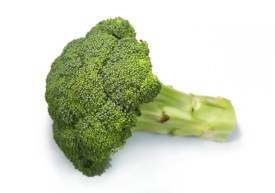There are few fruits more enticing than the jewel-like arils (seed casings) of pomegranate. Adding to the allure of pomegranate are its incredibly versatile culinary applications and its amazingly powerful medicinal properties.
The fruit we know as Pomegranate comes from the deciduous shrub Punica Granatrum. The Pomegranate is native to Iran, The Himalayas and Northern India. An ancient fruit mentioned as early as Iron-Age Greek Mythology; pomegranate is now cultivated in many warm and dry climates around the world. In the northern hemisphere the fruit is typically in season from September to February. There are many culinary uses for pomegranate. The sweet and sour juice has long been a popular drink in Persian and Indian cuisine and has recently become familiar to consumers in Canada and the United States. The cocktail mixer, Grenadine, is a syrup made from sweetened and thickened pomegranate juice. Pomegranate can also be used to create delicious sauces. For instance, in the traditional Iranian recipe, Fesenjan, a thick sauce is made from pomegranate juice and ground walnuts. Pomegranate arils are also great to eat on their own. After opening up the pomegranate, try separating the arils from the pulp in a bowl of water. The pulp will float while the arils sink to the bottom of the bowl.
Pomegranate is an important traditional remedy in many ancient systems of medicine. In Ayurvedic medicine the rind of the fruit is used against diarrhea, dysentery and intestinal parasites. It is now known that the rind contains ellagitannins that are anti-parasitic, anti-inflammatory and astringent (helping to stop diarrhea). The medicinal applications of pomegranate that ancient medical systems have known about for centuries through empirical evidence is now being validated through scientific investigation.
Recently a multitude of studies has surfaced outlining pomegranates therapeutic application in areas such as: cancer therapy, cosmetics, rheumatology and cardiology. The following is a summary of some of the most recent research on pomegranates application in these medical topics.
In 2009 the journal “Nutrition and Cancer” published a review on cancer chemoprevention by pomegranate. In the review the authors outline recent research showing that pomegranate polyphenol extracts selectively inhibit the growth of breast, colon and lung cancer cells in culture. The review also demonstrated that in pre-clinical animal studies, oral consumption of pomegranate extract inhibited the growth of lung, skin, colon and prostate tumors. As far as human trials go, an initial phase 2 clinical trial of pomegranate juice consumption in patients with prostate cancer reported significant prolongation of prostate specific antigen (PSA) doubling time. This means that the pathological growth and disruption of normal functioning prostate tissue was likely decreased. PSA doubling time can be a useful tool in the screening and monitoring of prostate pathology in men, but has to be interpreted in the correct context and by a trained health care professional.
An excellent article was recently published on the topic of PSA in the November 2010 issue of Naturopathic Doctors News and Review (ndnr). Research would suggest that pomegranate has potential application in the field of natural cosmetics. A study in the “International Journal of Dermatology” demonstrated that a polyphenol extract of the rind fruit and seed of pomegranate protected skin cells against UV-B radiation induced skin damage and increased the synthesis of collagen. Collagen is a connective tissue closely related to cartilage; the shock absorbing cushion found in joints. Interestingly, a recent study in the journal of “Arthritis Research and Therapy”demonstrated that pomegranate extract has the ability to inhibit chemical messengers involved in the breakdown of cartilage, as well as decreasing inflammation often seen in osteoarthritic joints.
Since ancient times, Pomegranate has been known as a tonic for the cardiovascular system. I often prescribe a glass of pomegranate juice per day as adjunctive treatment for high blood pressure. The rich red color of pomegranate juice suggests that it is high in polyphenol rich antioxidants. There is great concern in patients at risk for cardiovascular disease for the development of atheroscelrotic plaques. In summary, atheroscleortic plaques develop when lipoprotein (fat transporting protein) becomes oxidized by free radicals and are subsequently attacked by the immune system. The combination of oxidized lipoproteins and immune cells create pimple-like outgrowths in the artery wall, blocking blood flow. LDL-cholesterol (often referred to as bad cholesterol) is not bad in of itself, it is the action of free radical damage on LDL-cholesterol that makes for trouble. Antioxidant-like molecules produced by the body such as PON1 and PON2 protect against atherosclerotic development. A study in the England journal “Biofactors” demonstrated that the polyphenols in pomegranate juice increase the production of PON1 and PON2 therefore helping to decrease the risk of forming atherosclerotic plaques. These studies suggest that molecules called polyphenols found in pomegranate juice, rind and seed have multiple benefits on health. It is our luck that pomegranate arils and juice are delicious and can be easily incorporated into the diet. Unfortunately it is impossible to know exactly how rich the polyphenol content is in the pomegranate or pomegranate juice you buy. However, a good rule of thumb to ensure that you get a good dose of polyphenols is to pick fresh, brightly colored, organic if possible; pomegranates. When buying juice, make sure that it is 100% pure pomegranate juice. A great website on how to pick and prepare pomegranate is www.pomegranatefruit.org

